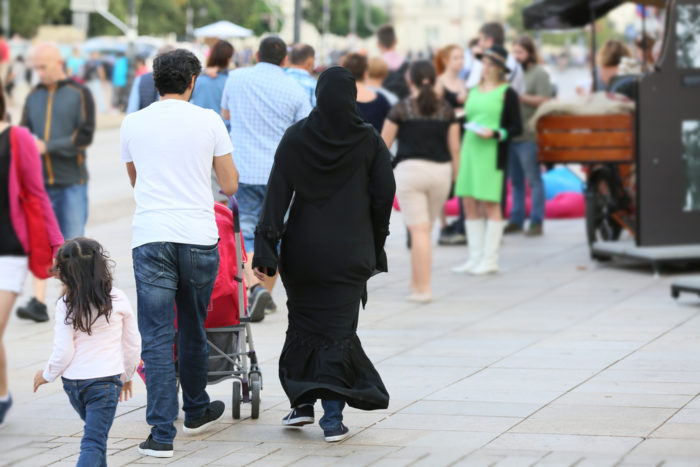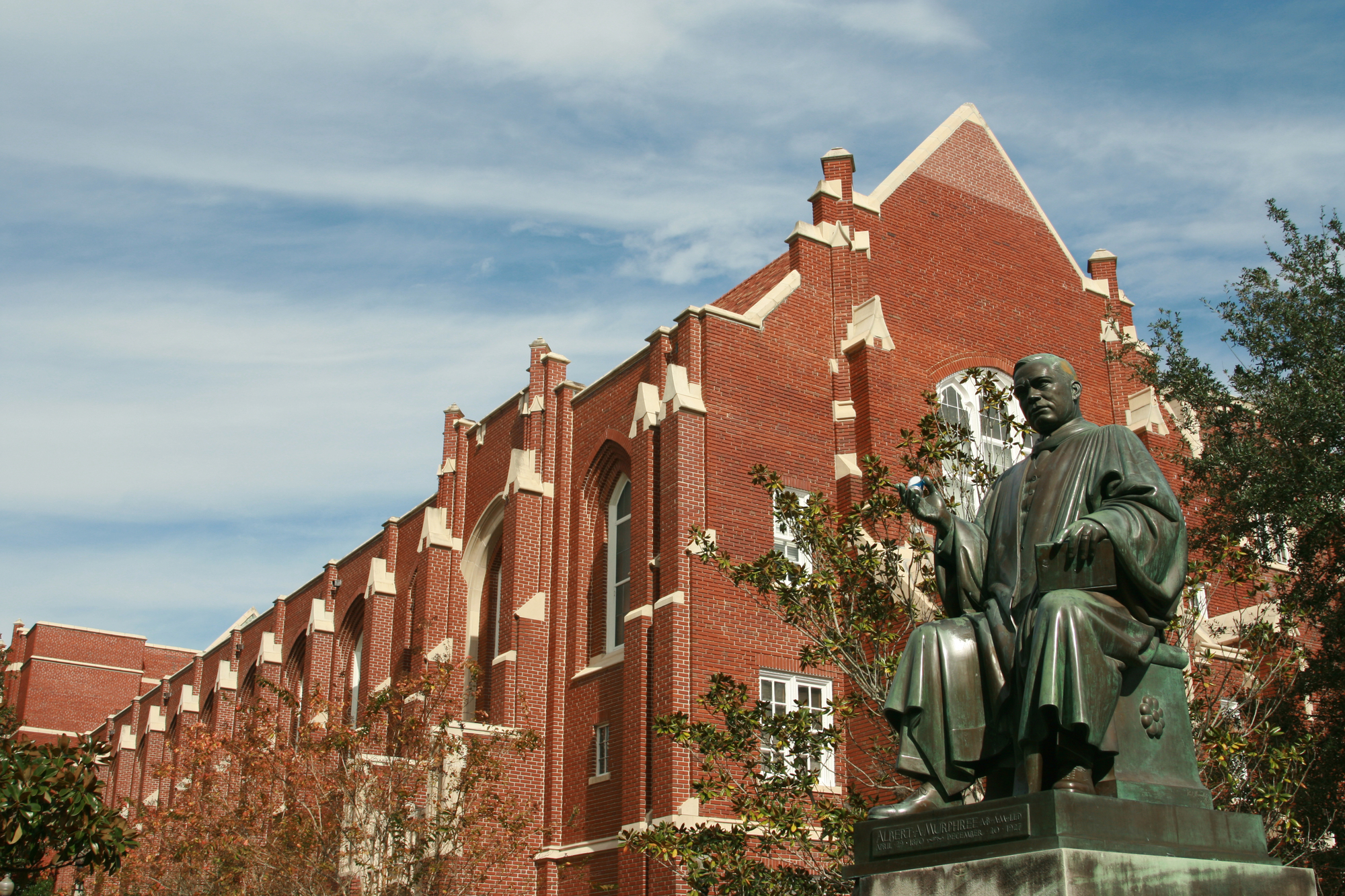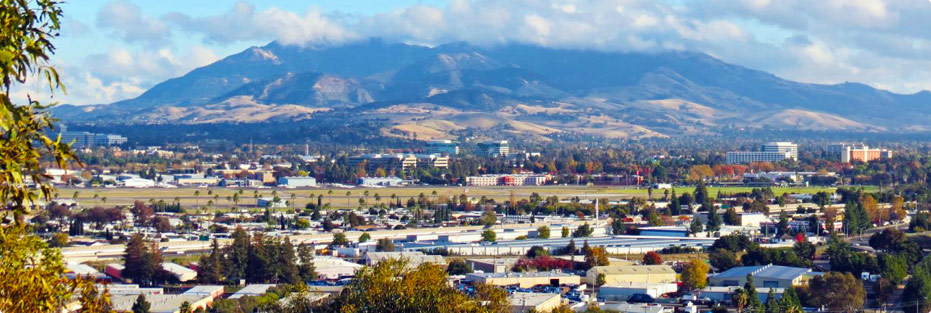Map the Impact: Immigrants in the Largest 100 Metro Areas
Date: August 16, 2021

While immigrants can be found across the United States in cities and in rural areas, the vast majority of immigrants live in America’s largest cities and suburban areas. In 2019, almost 38.2 million, or 85% of all immigrants in the United States lived in one of the 100 largest metro areas, in comparison to just two-thirds of the total U.S. population.
According to an analysis of the latest ACS data from 2019, the most immigrant-dense metro area in 2019 was Miami, where almost 42% of the population was born abroad. San Jose follows closely in second with more than 40 percent of the population being immigrants.
Top Metro Areas by Immigrant Share of Population
| Metro Area | Immigrant Population, 2019 | U.S.-born Population | Total Population, 2019 | Share of Population, Immigrant 2019 |
| Miami Metro Area | 2,570,043 | 3,593,130 | 6,163,173 | 41.7% |
| San Jose Metro Area | 797,757 | 1,191,662 | 1,989,419 | 40.1% |
| Los Angeles Metro Area | 4,345,412 | 8,862,527 | 13,207,939 | 32.9% |
| San Francisco Metro Area | 1,448,050 | 3,284,140 | 4,732,190 | 30.6% |
| New York Metro Area | 5,695,280 | 13,545,531 | 19,240,811 | 29.6% |
| McAllen Metro Area | 226,370 | 644,284 | 870,654 | 26.0% |
| Houston Metro Area | 1,653,139 | 5,411,558 | 7,064,697 | 23.4% |
| Stockton Metro Area | 175,423 | 587,286 | 762,709 | 23.0% |
| San Diego Metro Area | 767,193 | 2,568,429 | 3,335,622 | 23.0% |
| Las Vegas Metro Area | 517,882 | 1,743,611 | 2,261,493 | 22.9% |
Dallas-Ft. Worth metro area added more than 48,000 new immigrant residents between 2018 and 2019, making it the fastest growing metro area for immigrants. Other fast growing immigrant destinations were found in the South and on the West Coast, including San Jose, Austin, Charlotte, Raleigh and Atlanta.
In terms of share of the population, San Jose saw the largest increase in the share of its population that was foreign born, with immigrants making up 38.4% of the population in 2018 to 40.1% in 2019, an increase of 1.7 percentage points.
Top Metro Areas by Increase in Immigrant Population Share
| Metro Area | Immigrant Population, 2019 | Increase Since 2018 | Change in Share |
| San Jose Metro Area | 797,757 | 31,632 | 1.7% |
| Raleigh Metro Area | 176,349 | 19,784 | 1.2% |
| Bridgeport Metro Area | 213,733 | 9,446 | 1.1% |
| Worcester Metro Area | 119,444 | 8,139 | 0.8% |
| Austin Metro Area | 351,452 | 24,119 | 0.7% |
| Charlotte Metro Area | 274,200 | 20,105 | 0.7% |
| Las Vegas Metro Area | 517,882 | 19,451 | 0.6% |
| Oxnard Metro Area | 185,505 | 4,665 | 0.6% |
| Tulsa Metro Area | 70,762 | 5,773 | 0.6% |
| Miami Metro Area | 2,570,043 | 19,096 | 0.5% |
More than half, or 55, of the top 100 metro areas saw increases in their immigrant population between 2018 and 2019. Immigrants are responsible for more than half of all growth in 19 metro areas, including some of the largest metro areas in the country like Dallas, Las Vegas, and Raleigh.
In total, immigrants in the largest 100 metro areas were major drivers of local economies, earning more than $1.5 trillion in 2019 alone. This allowed them to by more than $439.6 billion in states, and hold almost $1.1 trillion in consumer spending power.
Top Metro Areas by Immigrant Spending Power, 2019
| Metro Area | Immigrant Pop., 2019 | Income | Federal Income Taxes | State and Local Taxes | Spending Power |
| New York Metro Area | 5,695,280 | $267.1 Billion | $53.9 Billion | $30.6 Billion | $182.6 Billion |
| Los Angeles Metro Area | 4,345,412 | $167.5 Billion | $31.1 Billion | $15.7 Billion | $120.6 Billion |
| Miami Metro Area | 2,570,043 | $79.8 Billion | $13.9 Billion | $5.2 Billion | $60.6 Billion |
| San Francisco Metro Area | 1,448,050 | $87.1 Billion | $19.6 Billion | $8.4 Billion | $59 Billion |
| Chicago Metro Area | 1,653,094 | $68.8 Billion | $12.9 Billion | $7.6 Billion | $48.2 Billion |
| Washington Metro Area | 1,439,608 | $65.9 Billion | $13.3 Billion | $6.2 Billion | $46.4 Billion |
| Houston Metro Area | 1,653,139 | $60 Billion | $10.8 Billion | $4.7 Billion | $44.4 Billion |
| San Jose Metro Area | 797,757 | $59.3 Billion | $14.1 Billion | $5.9 Billion | $39.4 Billion |
| Dallas Metro Area | 1,461,995 | $50.3 Billion | $8.8 Billion | $4.1 Billion | $37.5 Billion |
| Seattle Metro Area | 777,416 | $43.7 Billion | $9.4 Billion | $3.3 Billion | $31 Billion |
While there were more than 2.8 immigrant entrepreneurs in the 100 largest metro areas, in 3 metro areas, immigrants were more than twice as likely to own their own business, Memphis, McAllen, and Jackson.
To find out more about immigrants in each of the 100 largest metro areas in the United States, as well as in all 50 states, visit NAE’s Map the Impact.






